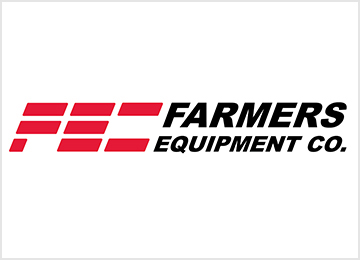Brian Johnston
New regulations will apply to any applicator of a soil fumigant
In 2010, the Pest Management Regulatory Agency (PMRA) announced the re-evaluation of soil fumigation products. Significant label changes will be imposed on registrants of soil fumigants, which therefore will have effects on producers. The changes are intended to limit exposure of fumigants to users, bystanders and the environment, and will be similar to fumigant labels in the USA. They will be in effect starting September 2014.
In BC, fumigation has been used to reduce the soil-borne pest load prior to planting in several crops. The primary target pests are nematodes and soil-borne pathogens in raspberries and field floral crops; and biotic agents of Apple Replant Disease (Apple Replant Disease is thought to be caused by both biotic as well as non-biotic agents). The three primary chemical soil fumigants that have been used in BC in recent years are Vapam (metam), Basamid (dazomet) and chloropicrin.
What does this mean for producers?
As of September 2014, these new requirements will be on a restricted label, which means a special Fumigator Applicator Certificate will be required. Sales of restricted chemicals are recorded and must be reported to the BCME by dealers. Apparently the PMRA will follow up on all sales of soil fumigants. The new regulations will apply to any applicator of a soil fumigant, whether a custom applicator or an individual grower.
The five major label changes are summarized as follows:
1. Good Agricultural Practices (GAPs):
GAPs are application practices that improve the safety and efficacy of fumigation, related to weather conditions, soil preparation, soil sealing following treatment, and environmental monitoring. Essentially, GAPs are written instructions stating how to do things properly.
2. Respiratory Protection and Stop Work Triggers:
There will be restrictions stating when the field may be re-entered following the fumigation. Handlers are those people who work with the fumigant or the equipment. There will be detailed label instructions on what Personal Protective Equipment (PPE) handlers must wear, and when to wear it. Stop Work Triggers are based on the degree of sensory irritation experienced by handlers. A Stop Work Trigger means the applicator may have to cease application and leave the area when the trigger occurs. Hitting a Stop Work Trigger could mean an evacuation plan might go into effect for surrounding neighbors. If this happens, the appropriate emergency response institution may have to be notified. This would be considered the same as a release of a toxic product into the environment and public domain.
3. Fumigation Management Plan:
A Fumigation Management Plan (FMP) must be written for EACH soil fumigation event and kept on file for two years. It must include detailed information on the location of the field, location and size of the buffer zones, information on soil conditions, information on the application method, an emergency response plan, and the names and contact information of the applicator and the handlers.
4. Buffer Zones:
Defined as an area around the perimeter of each treatment area, buffer zones must be a minimum of eight meters on each side. The actual size depends on method of application, application rate, field size, soil temperature, organic matter and clay content. Only the applicators and the handlers are allowed entry while buffer zones are in effect. Not only the treated field but also the buffer zones must be sign-posted, separately from the treatment area.
5. Mandatory Air Monitoring:
Buffer zones are in effect for no less than 48 hours after completion. For fields with buffer zones greater than eight meters, either the neighbors must be notified, or mandatory air monitoring must be conducted for at least two days.












